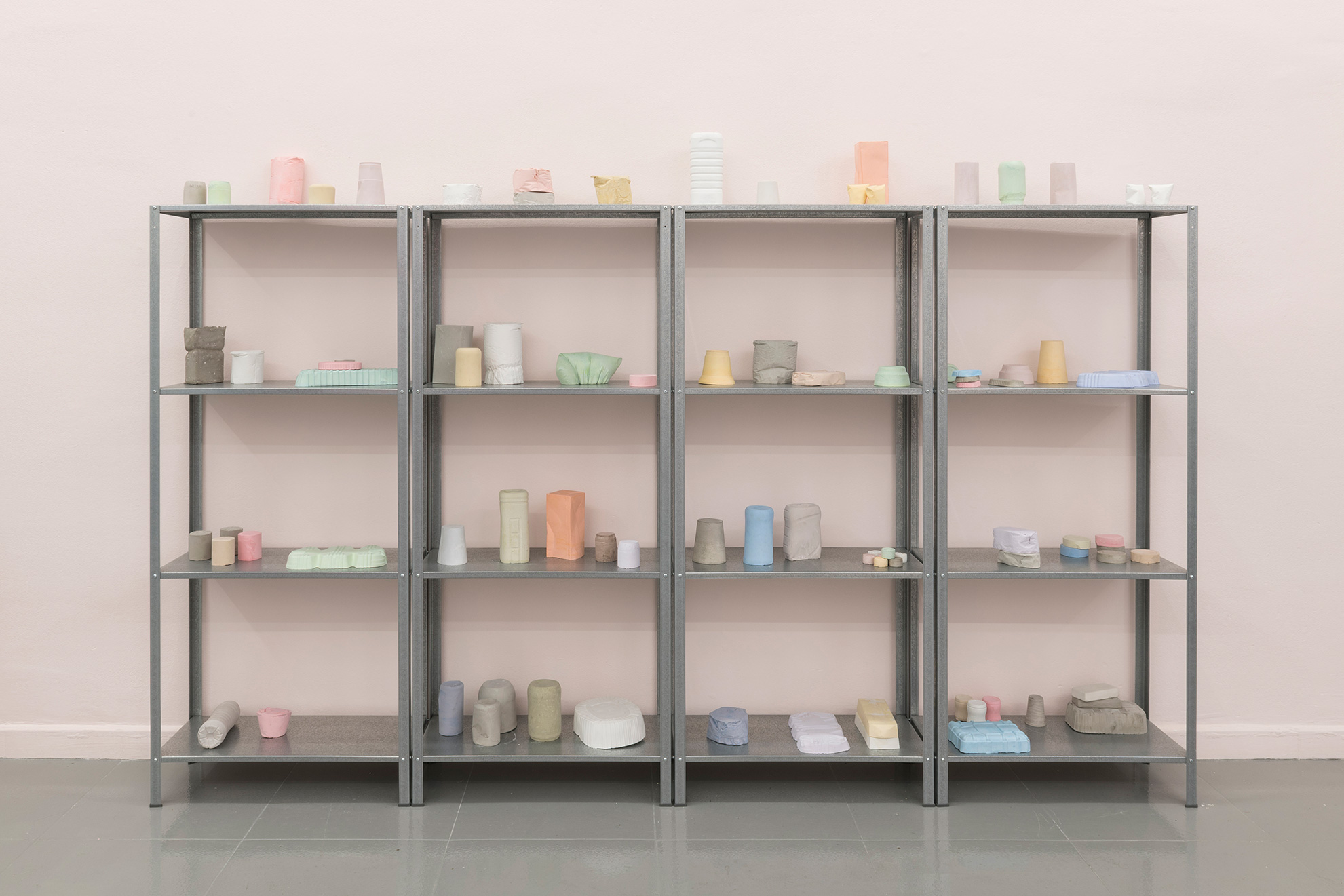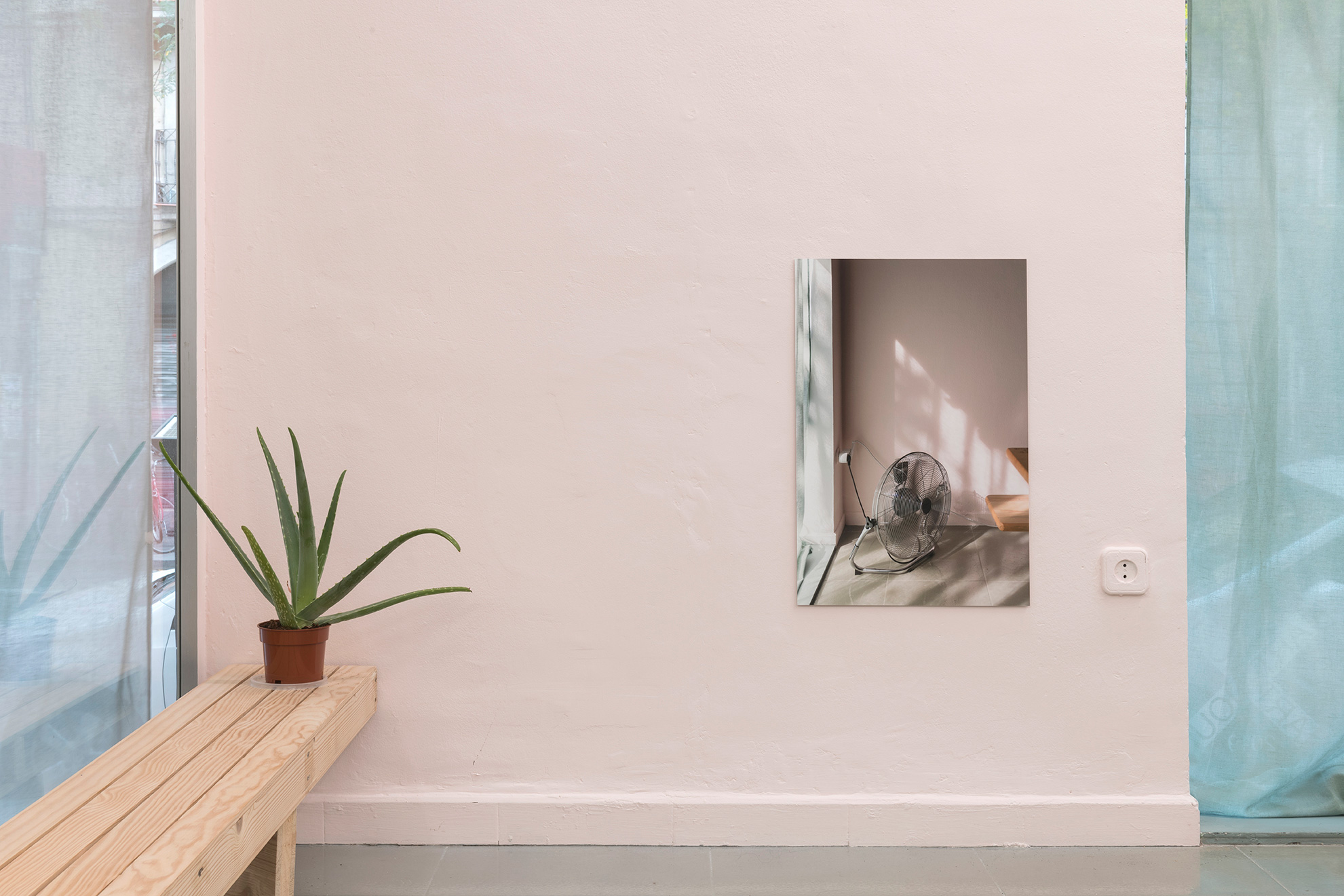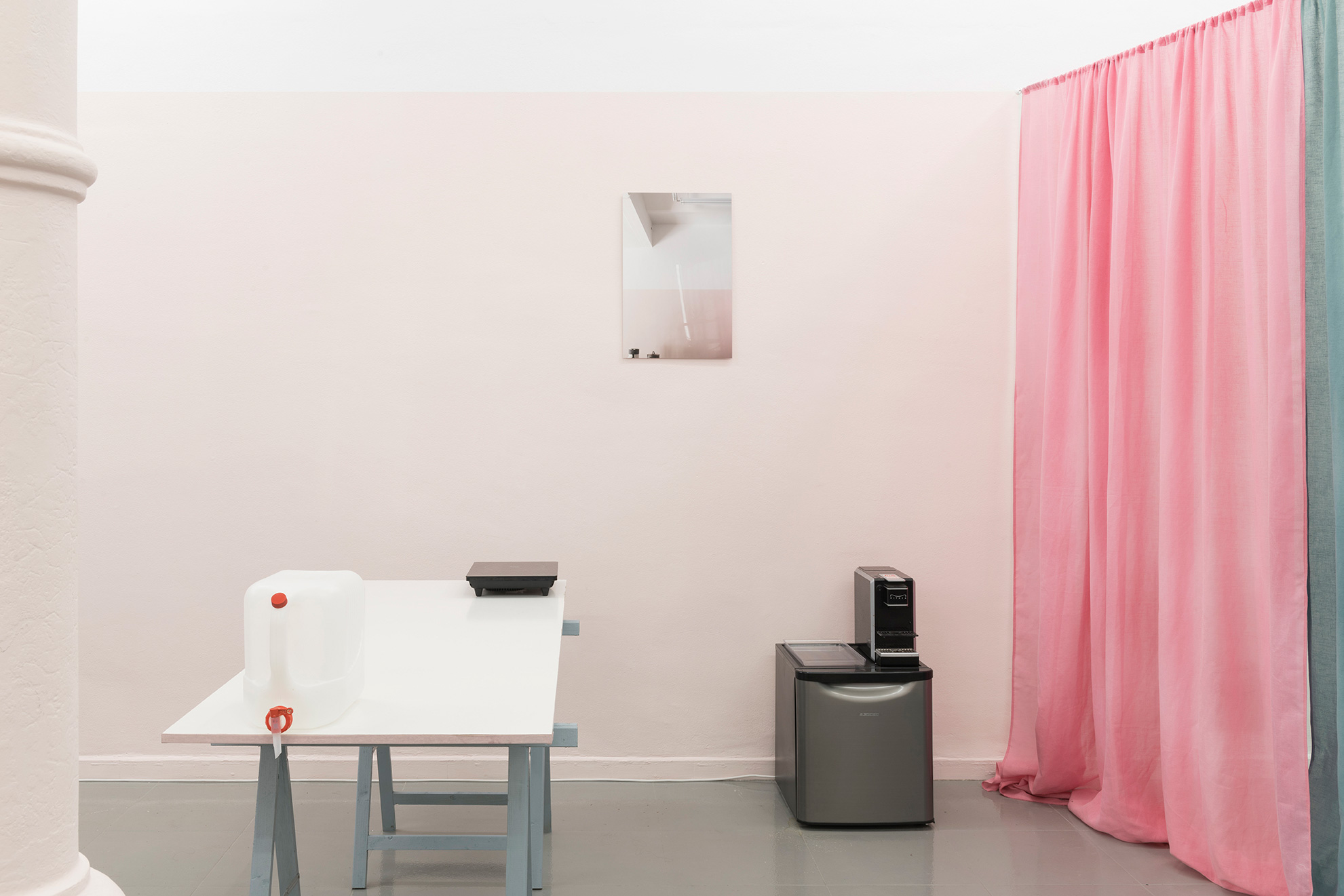14 August – 31 August 2019
Barcelona
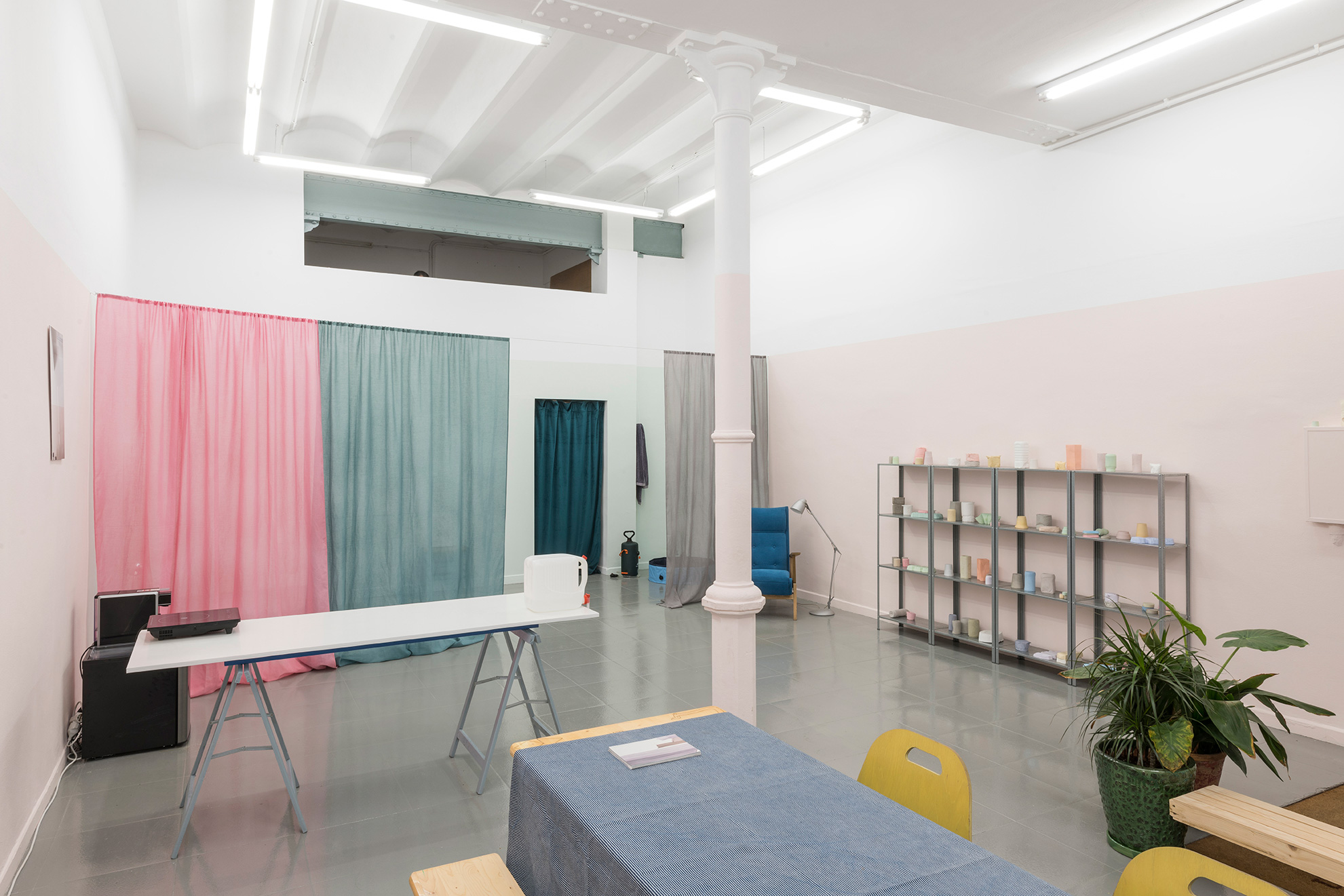


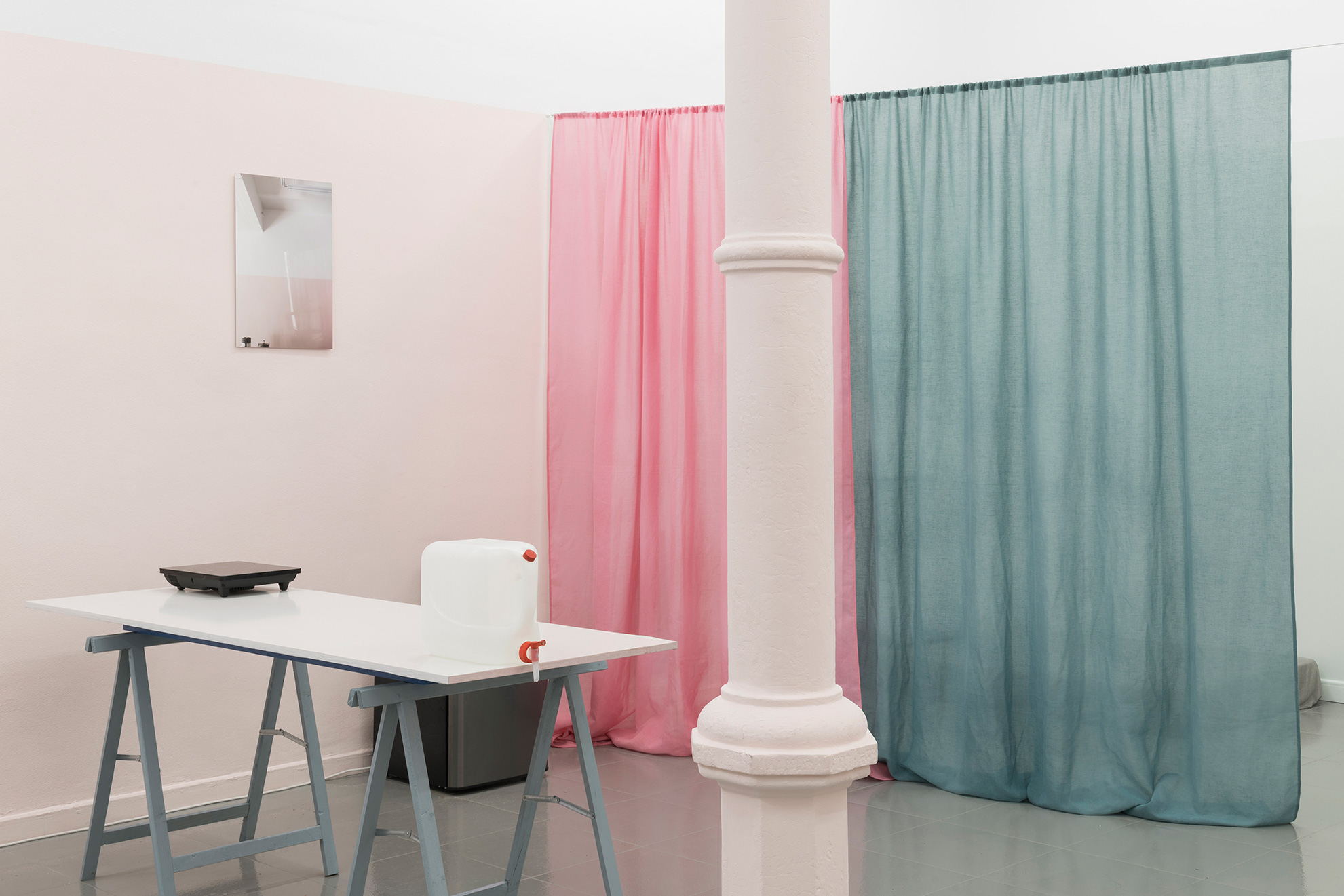

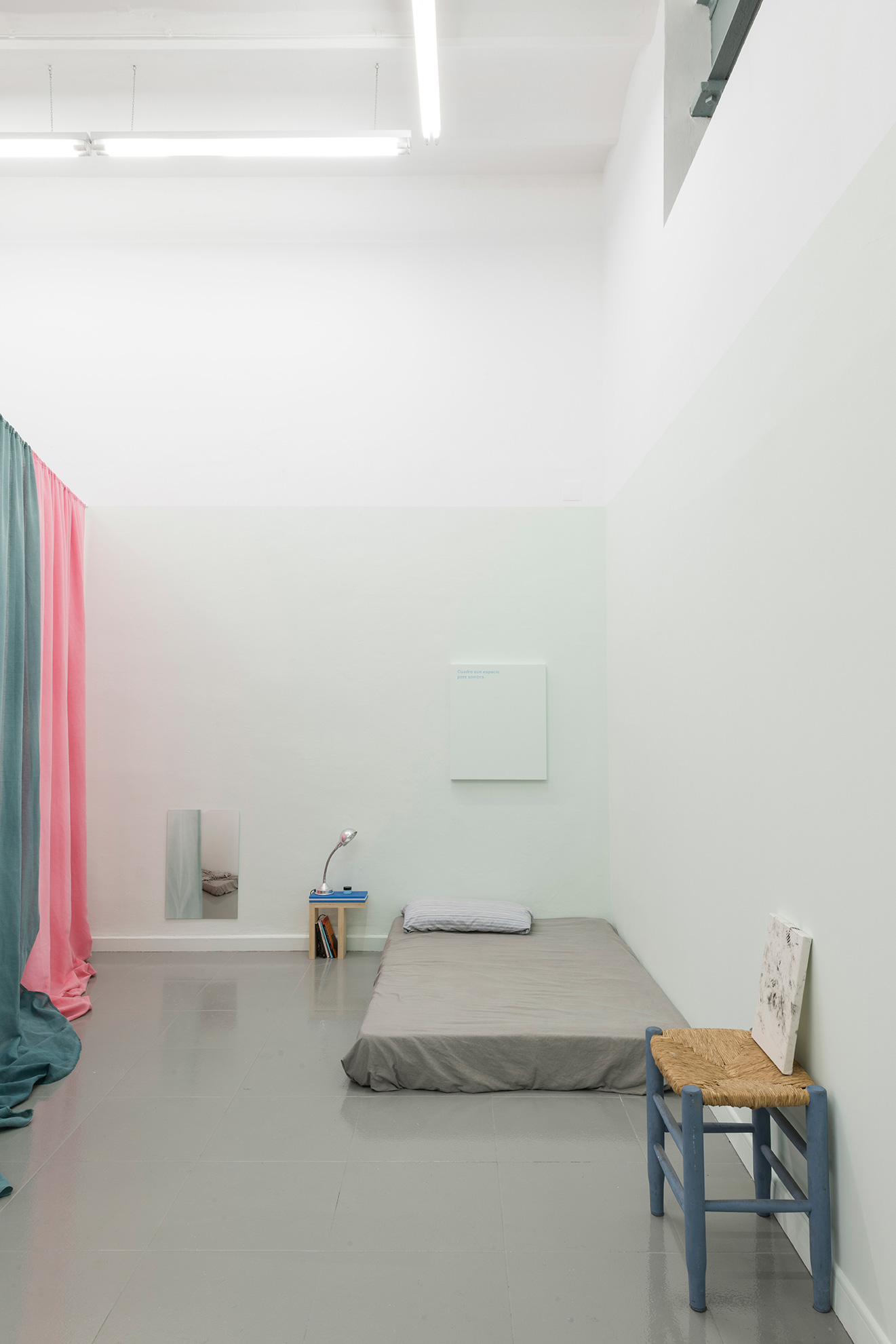
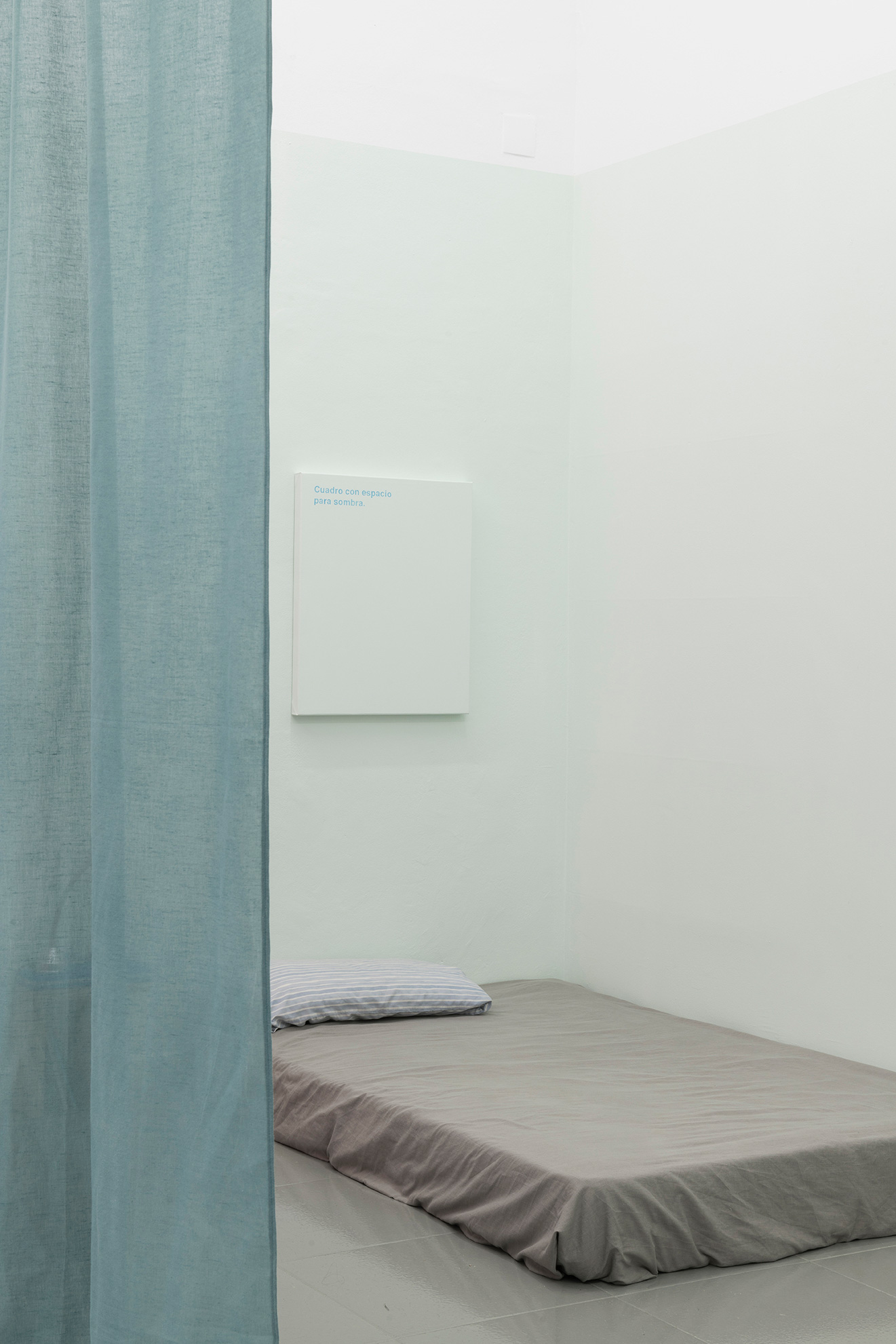
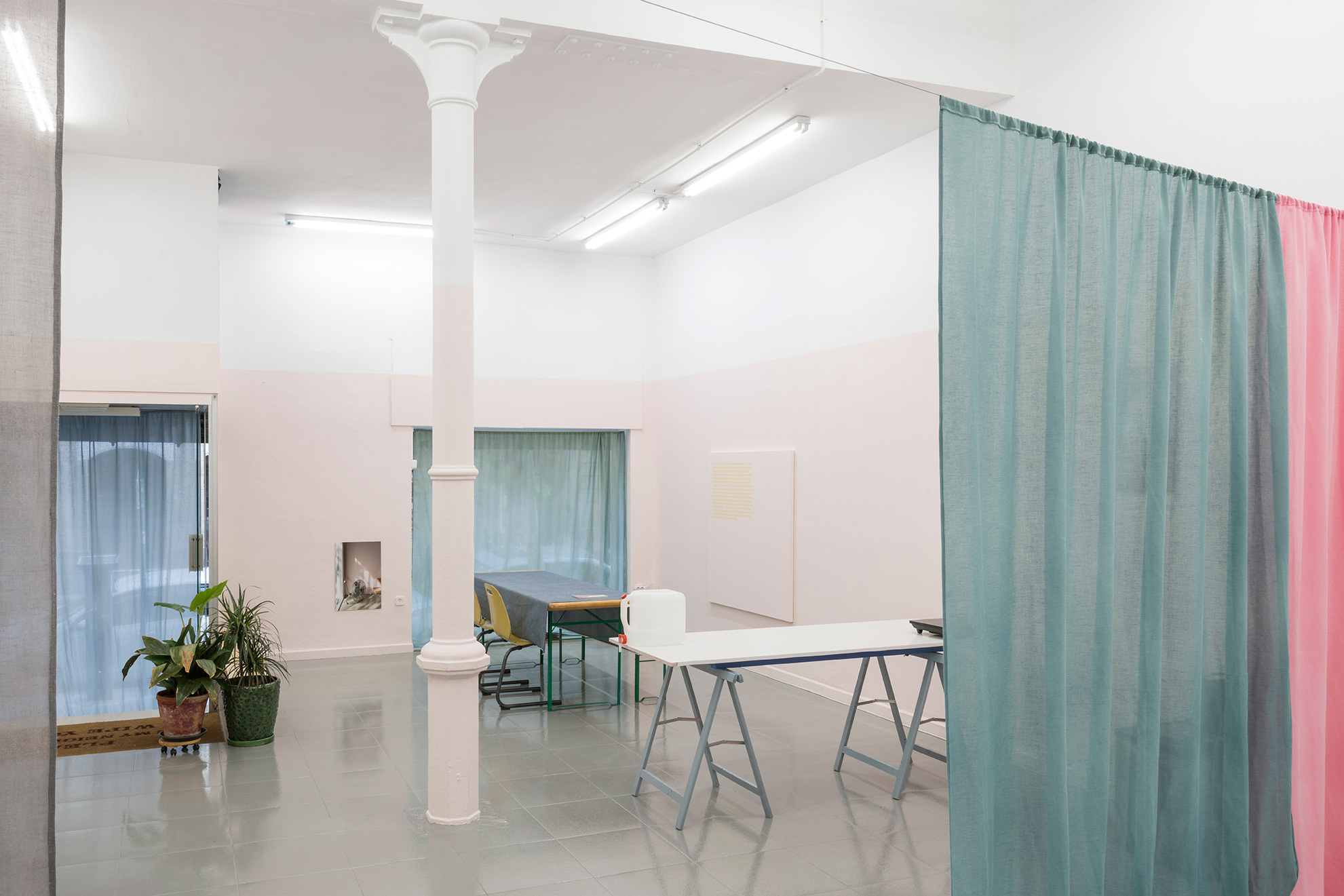
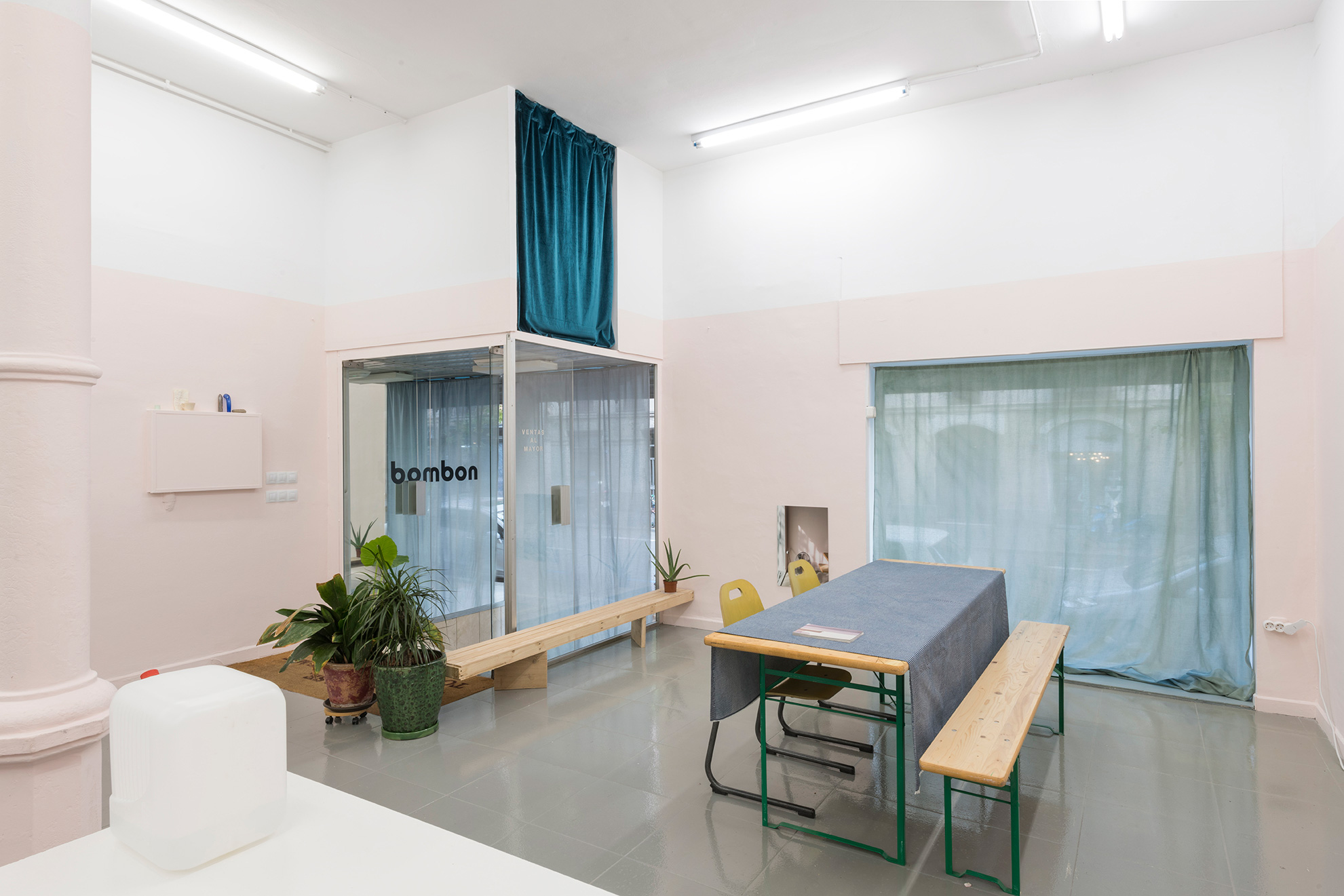
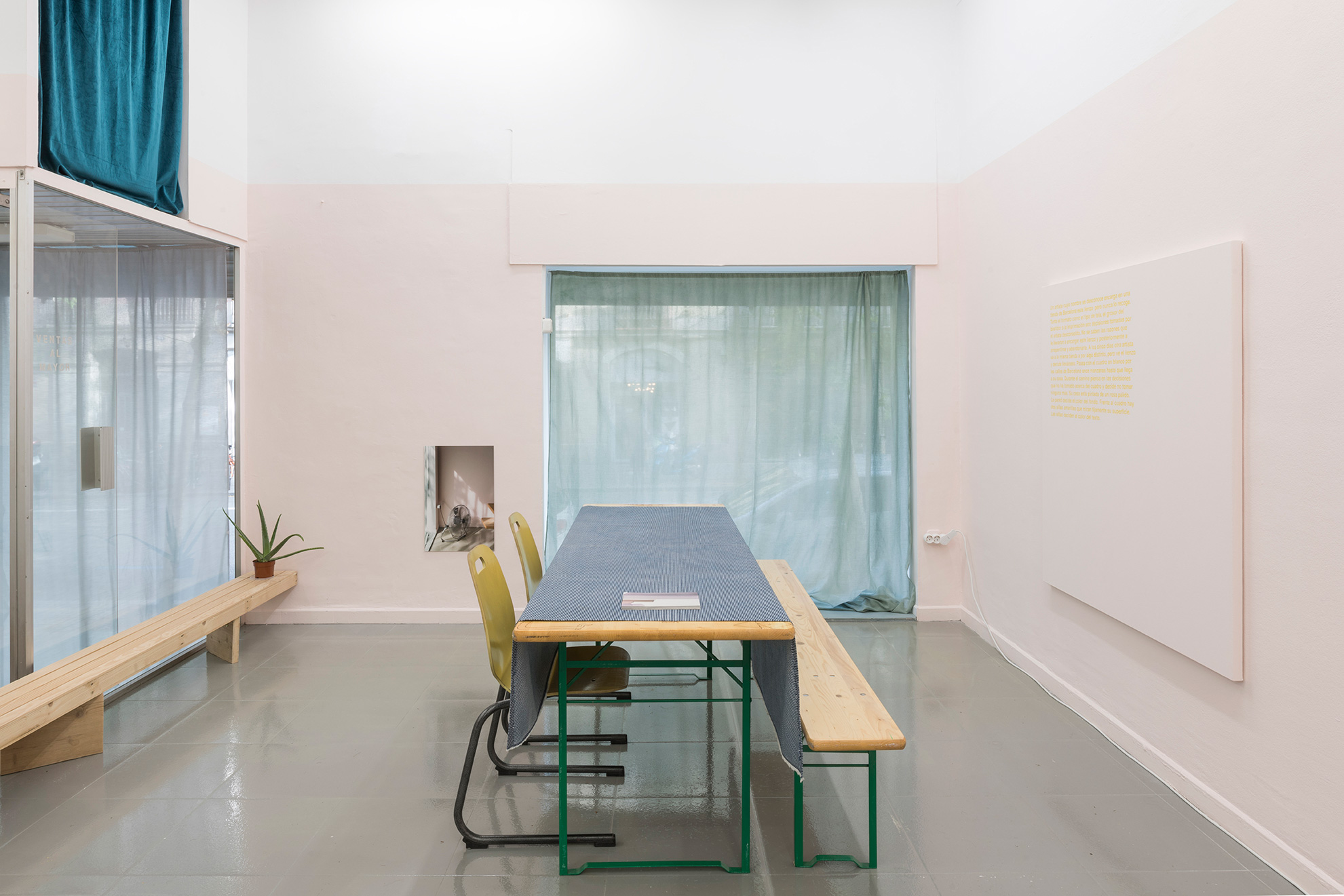

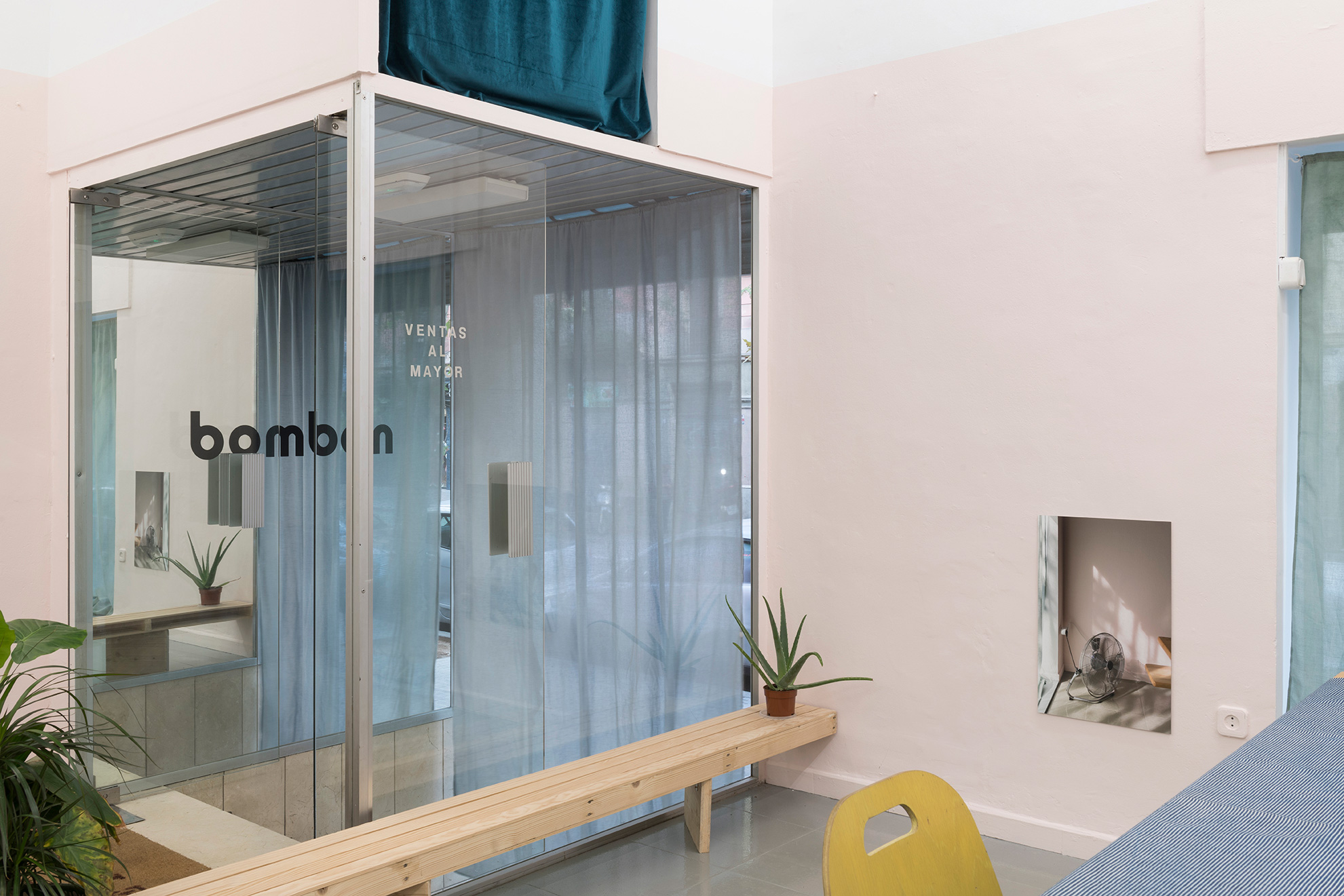
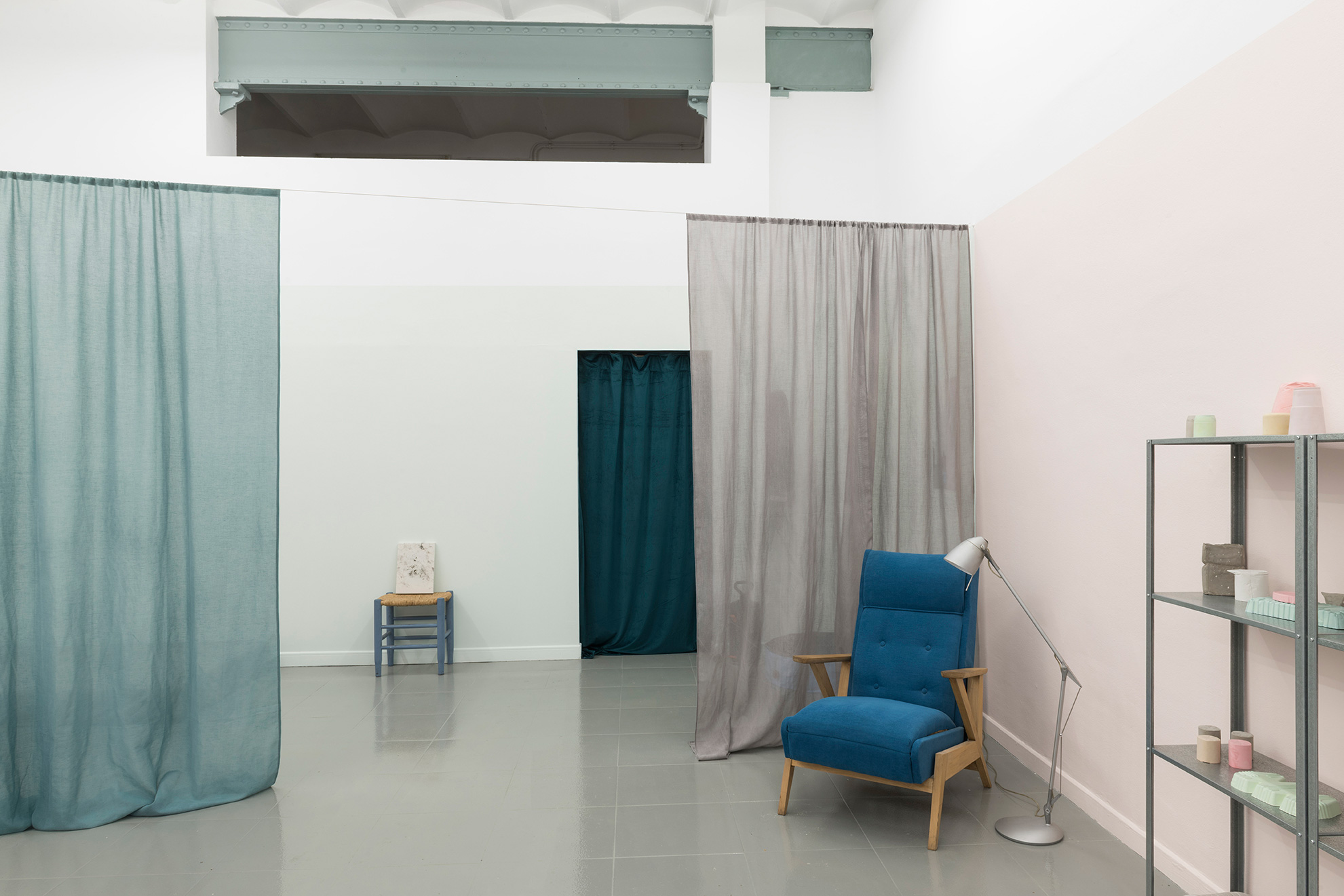
Irene Grau will move to Bombon Projects on the 14th of August and will live in there for 22 days; as many days as the exhibition will last (from the 4th to the 26th of September). During this time, she will live and sleep in the gallery, only with basic resources. She will make, and coexist with, a series of works and interventions based on small everyday actions related to her stay, in which she will invite friends, artists and curators to question this process. The opening –a party at home– will be the event that will connect the first private phase of the project with the exhibition, the second phase. The exhibition is proposed as a space of intersection between the house, the studio and the gallery, questioning its definitive nature.
Irene Grau’s work speaks about painting and landscape, of process and displacement through rigorous research into the possibilities of monochrome painting and its relation to landscape as both genre and framework, but above all as experimentation; as a way of seeing. All of which is intermixed following the traditions of radical monochrome painting, mural painting, but also the performative processes and the genre of landscape art, which she interprets to a great extent. Often her work develops in series which are the result of a long site-specific research in nature, followed by an extensive work period in her studio where she experiments with different materials and techniques, to be finalized in the exhibition space, where the work is again transferred and transformed in order to create a entity with the specificity of the space. The title of her recent doctoral thesis, The Painter on the Road, perfectly sums up her interest and attitude toward the medium of painting, and Irene Grau’s process could perfectly be described as a conceptual pleinairist, who states that her work is “what remains” of a wider experience, going far beyond the physically traveled landscape or an explored architectural structure. Solely transmitting an experience may well lack of concrete information, yet her work leaves enough hints to the viewer to allow access through process, intervention, and the document thereof, in order to visually and conceptually understand the artist’s modus operandi and artistic questioning and concerns.






